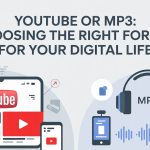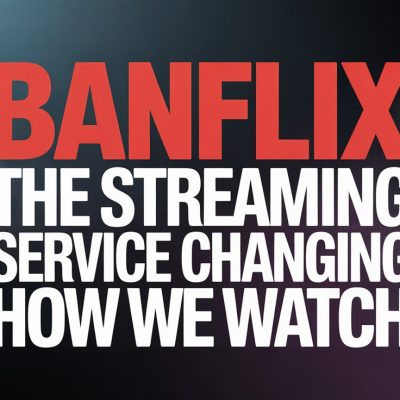Introduction
Have you ever stopped and wondered: Should I watch on YouTube or just grab an MP3 and listen? It’s a common dilemma. Whether you’re commuting, studying, working out, or just relaxing, the question of which format to use — full video or audio-only — comes up more than you might think. Think of it like choosing between a full-meal dinner (YouTube) or a quick snack (MP3): both satisfy, but one demands more time and attention. In this article, we’ll walk together through everything you need to know about YouTube vs MP3, from ease of use, quality, legality, offline access, to practical tips — so you can pick what fits your lifestyle. Let’s dive in.
What is YouTube?
When you open a browser or your mobile app and navigate to YouTube, you’re entering a universe of videos — music videos, talks, tutorials, vlogs, you name it. It’s a platform built around visual content with audio as a key companion. Because of this, watching YouTube means both sight and sound are engaged. It’s like going to the movie theatre where you not only listen but also watch.
Some features that define YouTube:
-
Massive library of video content covering almost any topic you can think of.
-
Streaming format — you usually need an internet connection unless you’re using offline features.
-
Richer experience: visuals add a layer of meaning (subtitles, gestures, demonstrations).
-
Typically higher data usage because video files are larger and more complex.
Think of YouTube as the full-meal experience — you get more than just audio; you get context, motion, visuals. If you learn with your eyes as well as your ears, YouTube may be your go-to.
What is MP3?
MP3 refers to a digital audio format that has been around for decades. Technically, MP3 is a “lossy audio compression format” that minimizes file size by removing inaudible sound details while keeping the overall audio quality close to the original.”
In simpler terms, an MP3 is like carrying a piece of music or spoken word in your pocket. You don’t care about visuals — you just want to listen. It’s like opting for a single dish rather than the full buffet.
Highlights of MP3:
-
Audio-only: no visuals, just sound.
-
Lightweight: smaller file sizes compared to video.
-
Compatible almost everywhere — phones, tablets, older devices.
-
Ideal for listening on the move, in the car, or when multitasking.
If you want a portable, straightforward listening experience, MP3 nails it. It’s especially handy when your focus is just on hearing something, not watching.
Video vs Audio: The Core Difference
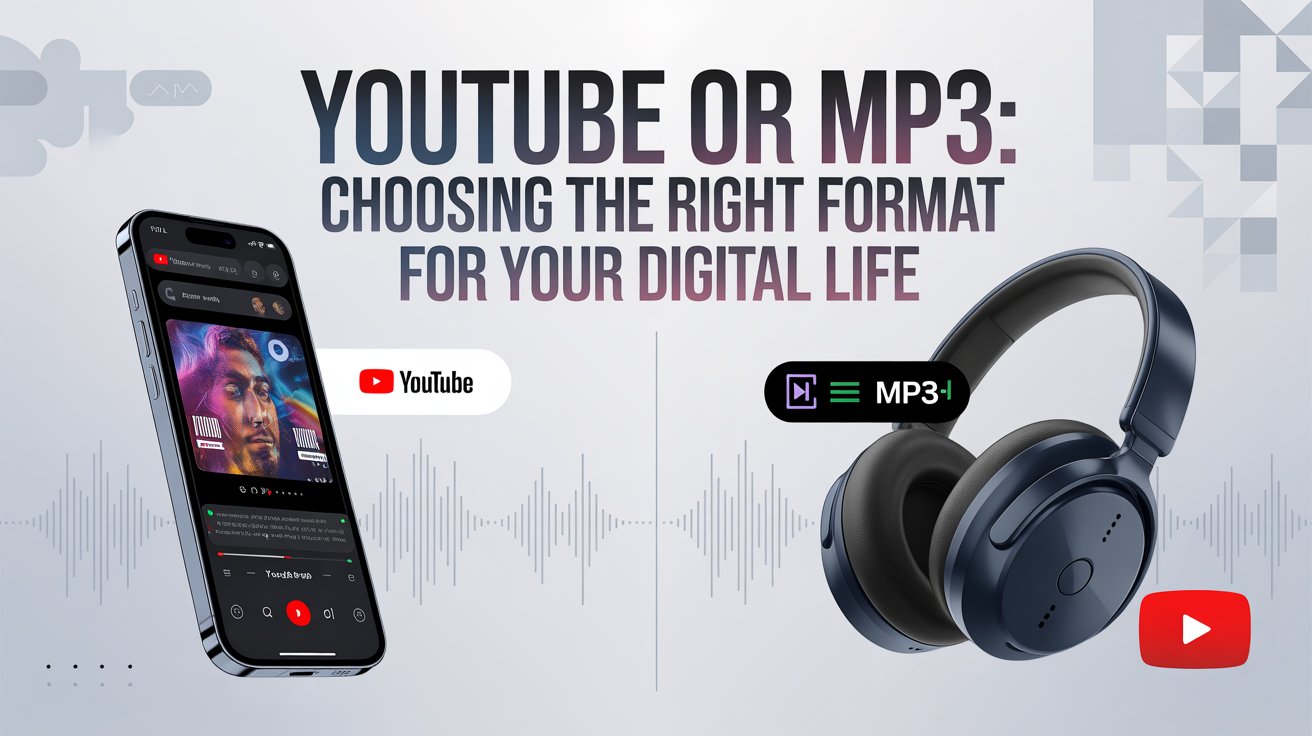
At the heart of “YouTube or MP3” lies one simple question: do you need the visuals or just the sound? That’s the analogy — video = full cinematic experience; audio = radio.
Here are some differences to consider:
Engagement
-
With YouTube, your eyes are active, your attention is drawn to the screen, gestures, motion.
-
With MP3, you’re free: you can listen while commuting, exercising, doing chores.
Data and Storage
-
Videos use more data, take more storage, and may need better internet.
-
MP3s are smaller, quicker to download (or stream), and easier to store offline.
Context & Use Case
-
Watching a tutorial? YouTube makes sense.
-
Listening to a podcast or a music playlist? MP3 may be more suitable.
Multitasking
-
Video demands more of you.
-
Audio lets you listen while doing something else.
Imagine a tree: the full tree is YouTube — roots, trunk, branches, leaves. MP3 is just the trunk and largest branches — all the essential sound, but none of the foliage (visuals). Which part do you need?
When YouTube Makes More Sense
There are times when opting for the video version is clearly the better choice. Consider using YouTube when:
-
You need the visuals (e.g., tutorials, DIY, dance routines, demonstrations).
-
You enjoy seeing the artist perform, the speaker express, the scene unfold.
-
You are comfortable with streaming and have a stable internet connection.
-
You want to stay engaged, watch lyrics, rally with visuals.
For example: watching a music video, a cooking lesson, or a presentation. In those cases, seeing is believing — the video adds value beyond audio.
When MP3 Is the Smarter Choice
On the flip side, sometimes you don’t care about visuals at all. MP3 shines when:
-
You’re on the go (commuting, jogging, doing chores) and just want to listen.
-
Your data connection is weak or you prefer smaller files.
-
You want to save storage space or preserve battery life.
-
The content is audio-centric (podcast, audiobook, music playlist) and visuals are irrelevant.
Think of MP3 as the reliable old friend you take when you need simplicity. You hit play and you’re done.
Quality and File Size Considerations
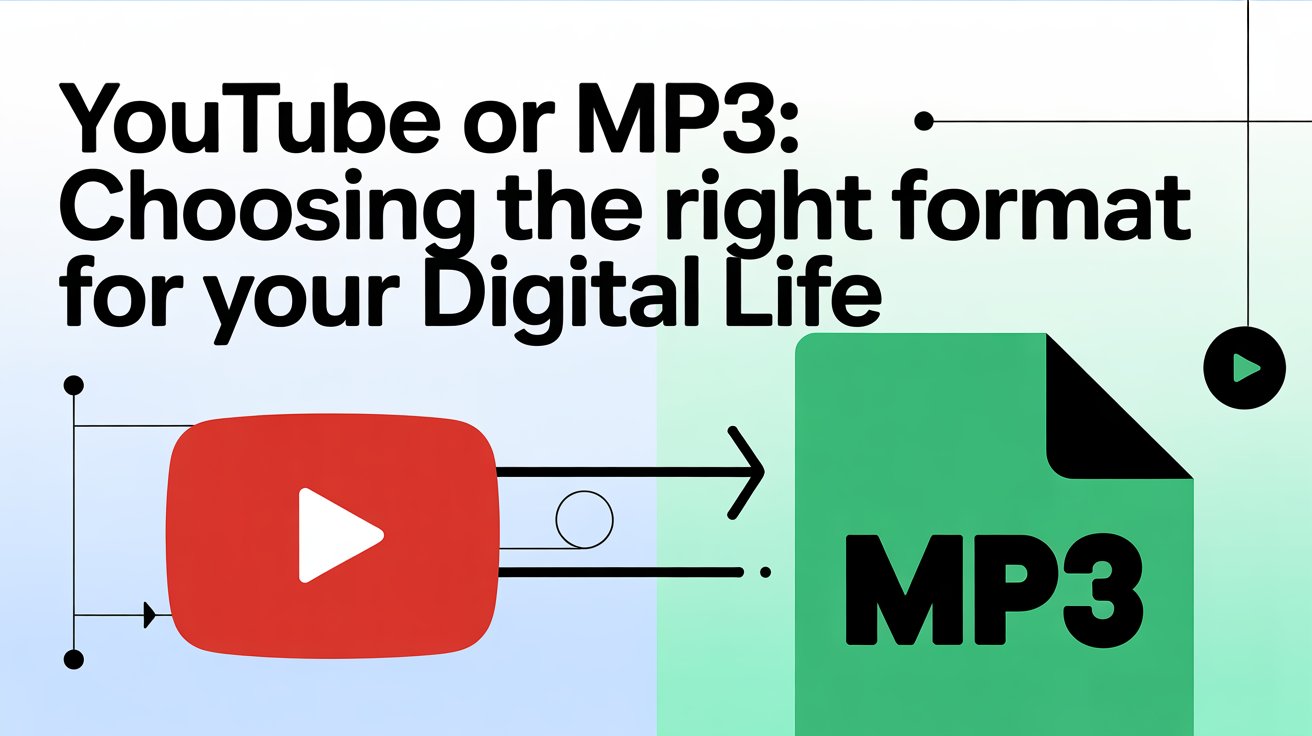
Quality matters — but so does file size. A good analogy is choosing between a high-definition movie file or a smaller-size mp3 track for your phone.
File size difference
Video files tend to be much larger because they combine image and sound. MP3 files are much lighter. This affects download time, storage, and cost (if on mobile data).
Audio quality trade-offs
MP3 uses lossy compression, meaning some data is discarded to make the file smaller. As explained in the MP3 standard, the trade-off is between size and fidelity.
Video formats may carry better sound (and vision) but at the cost of bigger file sizes.
Device & usage factor
If you’re listening through earbuds on a noisy bus, you probably won’t notice small quality loss. If you have high-end speakers and want pristine sound, maybe video+audio or higher bitrate MP3 matters.
In short: match your format to your device and context — don’t always aim for “best” if “good enough” works.
Connectivity, Offline Use & Convenience
One big practical factor is how and where you’ll use the content.
-
Streaming (YouTube): Requires internet, may buffer, may use significant data.
-
Download (MP3 or offline video): Once downloaded, you’re free to play anytime without relying on signal.
If you travel often, face weak WiFi, or want to listen offline, MP3 wins. It’s like carrying a mixtape in your pocket versus streaming a full concert in real time.
Similarly, convenience matters: Because MP3 is smaller and simpler, you’re likely to access it more easily, on more devices, with fewer distractions.
Legal and Copyright Implications
This one can’t be ignored. Converting or downloading content has legal and ethical implications.
-
The MP3 format itself is just a file type — perfectly legal.
-
However, downloading or converting materials from platforms without proper rights may violate terms of service or copyright laws. Some online tools purport to convert videos from YouTube to MP3, but legal risk may exist.
-
Whenever you download or convert content, check the rights: Is it your own content? Is it public domain? Has permission been granted?
As with any media, responsibility and ethics matter: giving credit where it’s due, following terms of service, protecting work of creators. Viewing your format choice through this lens ensures you stay on the right side.
How to Convert or Download (and What to Watch Out For)
If you decide you want to convert a video to MP3 or download something, there are tools — but caution is required.
What’s commonly done
-
Many online converters let you paste a YouTube link and choose “MP3 download.” For example, some services mention you can turn video into audio quickly.
-
Some tools support multiple formats, resolutions, and bitrates.
Watch out for
-
Terms of service or copyright violations.
-
Ads or popup trackers on free converter sites (some users report safety issues).
-
Quality loss: if the original is low resolution or low bitrate, converting won’t magically make it pristine.
-
Device compatibility: ensure the format you choose is playable on your device.
The key: choose the format you need, use reputable tools, and ensure you’re compliant with rights.
Making the Decision: Your Personal Checklist
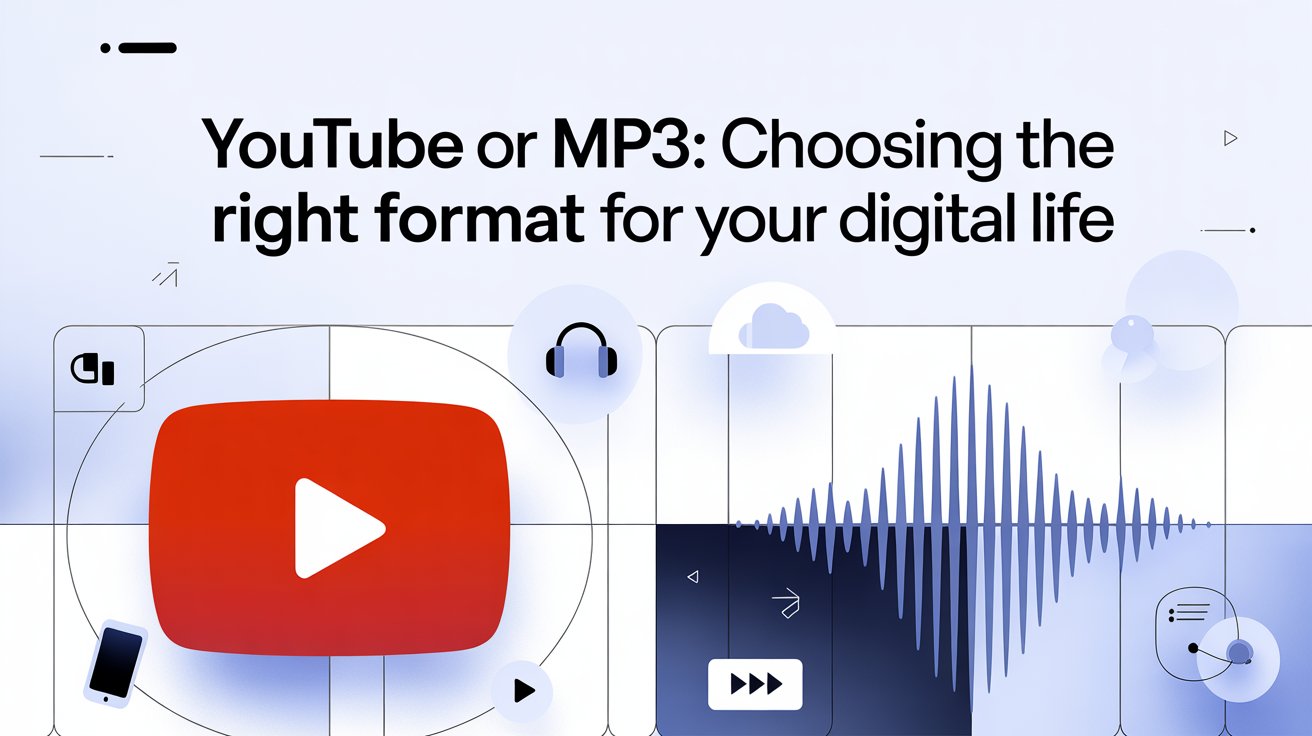
Let’s simplify. Ask yourself these questions:
-
Do I need visuals or just sound?
If visuals matter (how-to, tutorial, performance), go with video.
If you just want to listen (music, spoken word), MP3 might suffice. -
Where will I use it?
On the move? Low-data zone? MP3 likely wins.
At home with strong WiFi? Video is fine. -
What’s my device and storage situation?
Low storage or older device? MP3 is lighter.
High-end setup? Video may bring extra value. -
Am I respecting rights and terms of use?
If using content legally and ethically — good. Otherwise, rethink. -
Future usage – will I revisit or reuse?
If yes, choose a format you can easily access anytime.
Treat this like choosing footwear: you wouldn’t wear heavy boots for a quick jog, just like you wouldn’t stream a full video for a simple listen when MP3 works.
Future Trends: What’s Next for Video & Audio Formats
As technology evolves, both formats are shifting.
-
Streaming is getting more widespread — high definition, 4K, interactive video. Video formats (like YouTube) continue to dominate online.
-
On the audio side, formats are also evolving (higher bitrates, lossless audio, immersive sound). While MP3 is still common, other formats may rise.
-
Offline and hybrid modes — downloads plus streaming, seamless switching between formats based on connectivity.
-
Smart devices and voice-activated interfaces may shift how we consume audio/video — you might listen in your car, watch on your TV, or switch between without noticing the format.
In short, the lines between “video or audio” are blurring, but the core question — do I need visuals or just sound — remains relevant.
FAQs
1. Can I legally convert a YouTube video to MP3?
Yes, if you own the rights or the content is in public domain and the platform’s terms allow it. But converting copyrighted material without permission may violate terms or laws.
2. Does MP3 always mean lower quality than a video file?
Not necessarily. MP3 quality depends on bitrate and source. A high-quality MP3 (e.g., 320 kbps) can sound excellent. A video file may include better audio, but it also includes visuals and uses more data.
3. Will watching YouTube use more data than listening to an MP3?
Generally yes — video files include visual data and sound, so they require higher bandwidth and storage than audio-only MP3 files.
4. Are there situations where MP3 is not sufficient?
Yes — when the visuals matter (tutorials, visual learning, performances), or when you want the full context including video. Then a video format is better.
5. Will MP3 become obsolete in the future?
While new formats may arise (lossless audio, immersive sound), MP3 remains widely supported and compatible. It’ll likely remain a solid choice for simple audio listening even as tech evolves.
Conclusion & Final Thoughts
Choosing between YouTube and MP3 isn’t about one being better than the other — it’s about what fits you in that moment. Are you watching for visuals, or listening for convenience? Do you have data/hardware constraints, or do you have full access and want the richest experience?
By thinking of video as the full-meal dinner and audio (MP3) as the quick snack, you’ll quickly pick what your “appetite” demands. When you know where you’ll use it, what your device allows, and what your rights situation is, the choice becomes obvious.
Next time you face the decision “YouTube or MP3?”, ask yourself those key questions, match format to context, and enjoy your media the way it was meant for you. Happy listening (or watching)!


